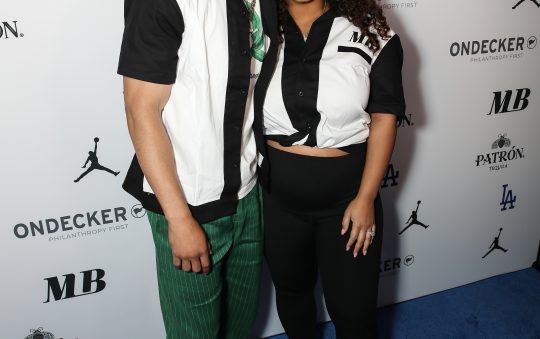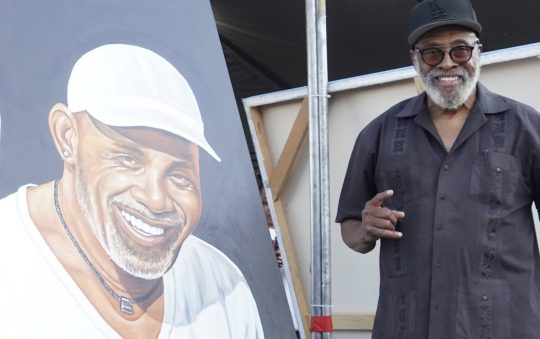
Legendary photographer Howard Bingham passed away on December 15. Although he shot photos for several news outlets, he was mostly known for chronicling the life events and work of his good friend iconic boxer, Muhammad Ali.
Bingham and Ali met while Bingham was an aspiring photographer at the L.A. Sentinel in 1962. Ali was in town for a boxing match, Bingham had drove past the then Cassius Clay and his brother and asked them if they needed a ride.
Bingham took the brothers on a tour of Los Angeles. The stops included Bingham’s dark room, a bowling alley in Compton and Bingham mother’s house where they had dinner.
Since that day, the two had a close bond and traveled together on various occasions. Bingham has photographed Ali’s meeting Malcolm X and traveled with him to visit Nelson Mandela.
Many of Ali’s fights were photographed by Bingham. He also photographed mundane family moments along with celebrity meetings the boxer would have.

Bingham, along with iconic sportswriter Brad Pye Jr. traveled to Zaire in 1974 to see the “Rumble in the Jungle” fight where Ali defeated George Foreman. The photographer was also courtside for the “Thrilla in Manila,” Ali’s fight against Joe Frazier in 1975.
As Ali grew older, Bingham became a protector of him; he overcame a long-standing speech impediment to speak on behalf of Ali while he suffered from Parkinson’s Disease. He continued to chronicle Ali’s life, capturing Ali carrying the flame at the 1996 Summer Olympics opening ceremony.
Ultimately, Bingham allegedly shot over two million photos of Ali. The two would spend an average of 100 days a year together and call each other once a day, greeting each other by saying “Hi, Bill.” Bingham published a photo memoir in 1993 called “Muhammad Ali: A Thirty-Year Journey.”
The photographer was also a producer of the movie “Ali,” where actor Jeffrey Wright portrayed him in the movie. Their friendship spanned over 50 years despite Ali converting to Islam and Bingham being a Christian.
Other publications that ran Bingham’s work included Sports Illustrated, Ebony, and Newsweek. In 1966, Life magazine hired him to cover the Watts Rebellion. Bingham also gained the trust and shot photos of the Black Panther Party, releasing a book of said photos in 2009 called “Howard L. Bingham’s Black Panthers 1968.”

The network that Bingham accumulated throughout his career is the envy of any pop culture buff. Bingham met and photographed Elvis, Michael Jackson, and the Beatles. Richard Pryor and Marvin Gaye were also friends of Bingham.
He covered the Civil Rights Movement and interviewed James Earl Ray, the man who shot and killed Martin Luther King, Jr. Bingham also covered the 1968 Democratic National Convention and the Detroit riots in 1967.
In the 1970’s, Bingham also was on the set of movies shooting photography for motion pictures “The Candidate” (1972) and “All the President’s Men” (1976).
Despite all of his fame, Bingham continued to reside in Southeast Los Angeles, helping and taking photos of the community surrounding his home.
Born to a minister in a strict home in May 29, 1939, Bingham and his family moved to Los Angeles from Mississippi when he was a child. Bingham attended Compton Community College where he failed a photography class.
After several tries, Bingham landed his first reporting gig at the Los Angeles Sentinel. Bingham married and had two children.






